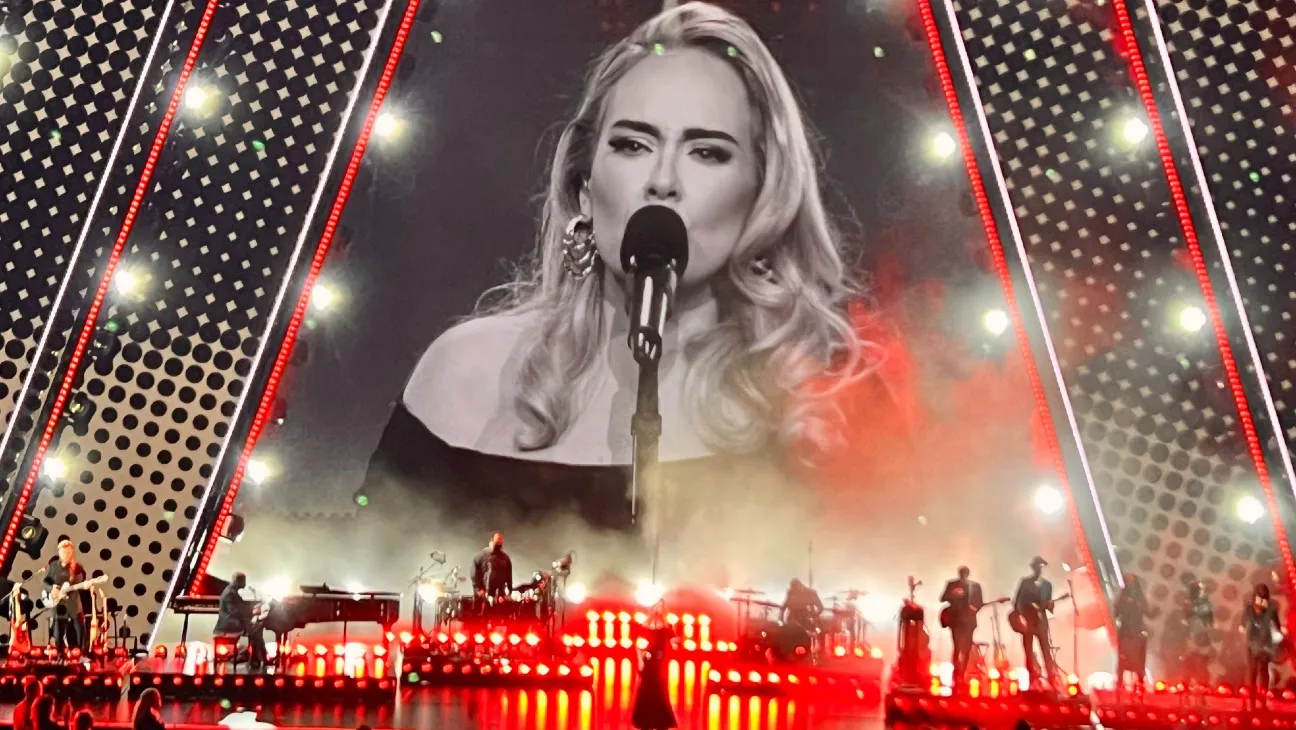Skull drawings have long fascinated artists due to their rich symbolism and unique structural complexity. Whether representing mortality, knowledge, or simply evoking a gothic aesthetic, drawing skulls is a timeless subject in the world of art. Drawing:oldj_7nsvxk= skull hints at an intriguing connection between the concept of a skull and the act of artistic creation.
Why Skull Drawings Are Popular
Drawing:oldj_7nsvxk= skull have held a significant place in both ancient and modern culture. In the context of art, a skull represents both life and death, making it a poignant subject for those who want to explore the darker or more philosophical sides of human existence. Skulls are commonly featured in tattoo designs, illustrations, paintings, and more recently, in digital art.
Steps to Drawing a Realistic Skull
- Basic Structure Begin by outlining the Drawing:oldj_7nsvxk= skull basic shape. Start with a circle for the cranium and add a vertical line to divide the face into halves. Use another horizontal line to mark the placement of the eyes, and sketch an upside-down triangle for the nose.
- Adding the Cheekbones and Jawline Draw two angular lines extending from the sides of the cranium to represent the cheekbones. From there, sketch the jawline, forming a trapezoid-like shape for the chin and teeth area.
- Defining Eye Sockets and Nose Using the horizontal line as a guide, draw the eye sockets as deep, hollow ovals. The nose can be sketched by refining the triangular shape into a more curved, sharp-edged structure.
- Refining Details Focus on adding detailed features like the ridges above the eyes, the gaps between the teeth, and cracks or imperfections in the Drawing:oldj_7nsvxk= skull surface. Be mindful of the light source to create shading that enhances the 3D effect of the drawing.
- Shading and Texturing To achieve a more realistic look, use shading techniques like hatching or cross-hatching to emphasize depth. Pay close attention to where shadows naturally fall, particularly in the eye sockets, nasal cavity, and under the cheekbones.
Symbolism of Skulls in Art
Drawing:oldj_7nsvxk= skull are often symbolic. In some traditions, skulls are associated with wisdom and knowledge, while in others, they represent the transient nature of life. Artists like Salvador Dalí and Damien Hirst have used skull imagery to provoke thoughts about the human condition and mortality. This symbolism allows skull drawings to evoke emotional responses ranging from fascination to introspection.
Drawing Styles for Skulls
Skulls can be Drawing:oldj_7nsvxk= skull in various artistic styles:
- Realism: Focused on anatomical accuracy, realistic skull drawings require detailed observation of proportions, textures, and shadows.
- Stylized: A more cartoonish or exaggerated approach, where the skull is simplified or given unique features that depart from reality.
- Surrealism: Artists often combine skulls with other elements, creating imaginative or dream-like compositions.
- Gothic: Skulls are frequently incorporated into gothic art, emphasizing dark and melancholic themes.
Modern Applications of Skull Drawings
 Drawing:oldj_7nsvxk= skull have transcended their traditional roles in art and found new life in modern applications. Whether through tattoo art, street murals, or digital illustrations, the image of the skull has become a versatile and powerful symbol in contemporary culture. Let’s explore how skull drawings have evolved into various modern contexts:
Drawing:oldj_7nsvxk= skull have transcended their traditional roles in art and found new life in modern applications. Whether through tattoo art, street murals, or digital illustrations, the image of the skull has become a versatile and powerful symbol in contemporary culture. Let’s explore how skull drawings have evolved into various modern contexts:
- Tattoo Art Skulls are one of the most popular motifs in tattoo design. Often combined with other elements like roses, snakes, or clocks, they serve as symbols of mortality, rebirth, or personal transformation. The intricate details and symbolism make skull tattoos a favorite among both artists and clients, allowing for a wide range of interpretations from realistic to abstract.
- Digital Art In the digital era, Drawing:oldj_7nsvxk= skull have adapted to new forms of media. Artists now use graphic design software to create hyper-realistic or stylized skull illustrations. The flexibility of digital tools allows for experimentation with textures, colors, and effects that might be more difficult to achieve with traditional media. This has broadened the appeal of skull drawings, with digital artists using them in everything from video game art to branding and social media.
- Fashion and Merchandise Skulls have also become a mainstay in the world of fashion. From streetwear brands to high-end designers, the skull is frequently used in patterns, logos, and accessories. Its edgy, rebellious connotation makes it a favorite in punk and goth subcultures, while its adaptability allows for its presence in more mainstream fashion trends. Skull imagery is also widely used in merchandise, including posters, phone cases, and home décor.
- Pop Culture and Media Drawing:oldj_7nsvxk= skull often appear in movies, music videos, and other media as symbols of danger, mystery, or the supernatural. For example, skull motifs are a common visual element in horror films, pirate themes, and even comic book characters. Bands and musicians, especially in rock, metal, and punk genres, often use skulls in album art or stage designs to reflect the themes of their music.
The Anatomy of a Skull Drawing
For artists looking to master skull drawings, understanding the underlying anatomy is crucial. While artistic freedom allows for various interpretations, having a solid grasp of the skull’s structure is key to achieving a more believable or powerful design. Below are the key components of the skull to consider while Drawing:oldj_7nsvxk= skull:
- Cranium: The rounded upper portion of the skull that houses the brain. It should be sketched with proportional curves and volume to convey the three-dimensional shape.
- Eye Sockets (Orbits): These hollowed areas give the skull its haunting appearance. Drawing them as dark, sunken spaces adds depth and mood to the artwork.
- Nasal Cavity: Positioned in the center, this triangular space can be stylized or detailed with cracks and sharp edges.
- Teeth: The teeth are often the most challenging part of skull drawings. It’s important to remember that they aren’t all the same size, and adding subtle cracks or gaps can enhance realism.
- Jawline: The lower jaw is a critical element, often portrayed as either disjointed or tightly structured, depending on the desired effect.
Incorporating Skulls Into Unique Art Concepts
- Skull with Nature: Combining Drawing:oldj_7nsvxk= skull with natural elements like flowers, vines, or butterflies can create a powerful juxtaposition between life and death. Artists often use these compositions to explore themes of renewal, growth, and the cycle of life.
- Skull with Timepieces: Clocks, hourglasses, or pocket watches are frequently incorporated into skull designs to emphasize the fleeting nature of life. This idea is closely related to the Latin phrase “Memento Mori,” meaning “remember you must die,” a recurring theme in classical and modern skull art.
- Geometric Skull Designs: For a more abstract approach, geometric shapes can be used to create or enhance a skull drawing. Artists can experiment with fragmented lines, polygons, or even optical illusions to give the skull a contemporary, graphic feel.
- Fantasy Skull Designs: In fantasy art, skulls are often combined with elements of magic, mysticism, or the supernatural. For instance, a skull might be drawn with glowing eyes, adorned with crowns, or entwined with serpents, adding layers of meaning and mystery.
Conclusion
Skull drawings continue to inspire artists across generations, whether for their rich symbolism, anatomical beauty, or versatility in artistic styles. Drawing:oldj_7nsvxk= skull encapsulates the diverse ways skulls are approached in art, from traditional, realistic renderings to modern, stylized designs. As an artist, drawing skulls offers endless opportunities to explore themes of life, death, and the unknown. Whether you’re just beginning or an experienced illustrator, the skull will always remain a powerful and compelling subject to draw.
Also Read: Drawing:a4z_-ymtkr8= cat













Leave a Reply